Exploring Fungal Diversity: Fungi in Mulch
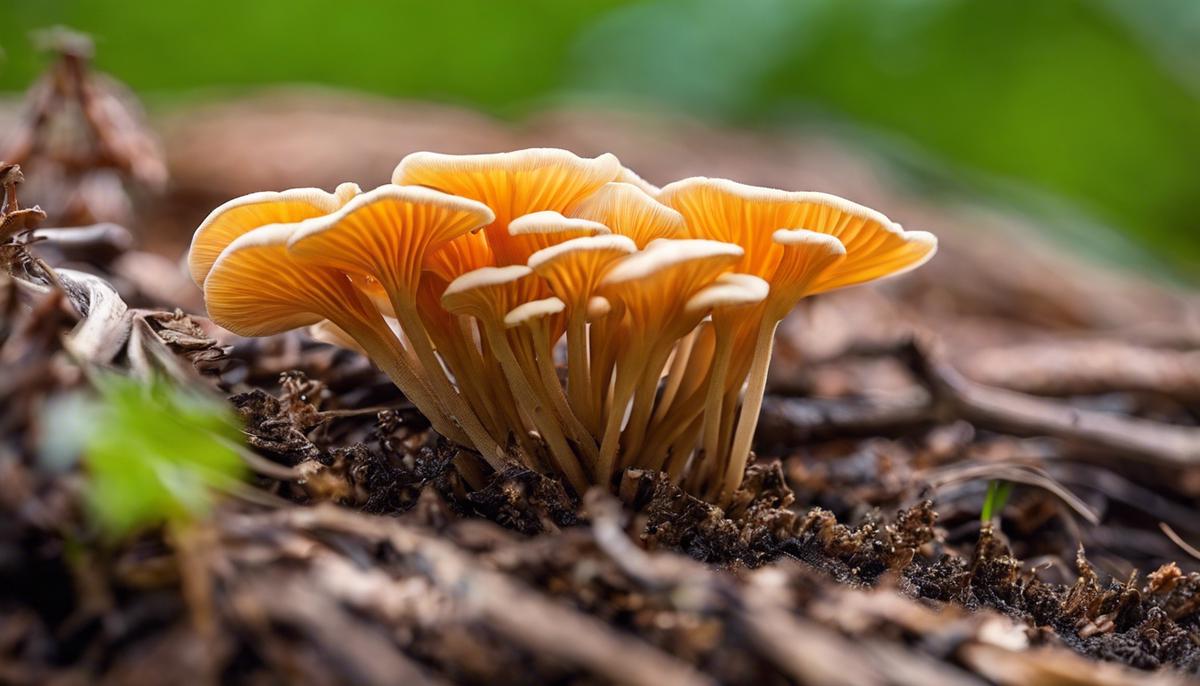
As essential participants in the robust life cycle of our gardens and landscapes, fungi are not typically recognized or appreciated. These unnoticed organisms are usually busy quietly decomposing organic material, returning vital nutrients to the soil, and playing an indispensable role in mulch ecosystems. The role of fungi extends beyond simple decay, as they form complex relationships, either symbiotic or parasitic, within their habitats. This exploration clarifies the fascinating world of mulch fungi, the variety of species found, their unique characteristics, and potential interactions between these fungi and their environment. Moreover, the impact of fungi on human health and the environment, both beneficial and harmful, adds another layer of intrigue to these incredible organisms.
Understanding the role of Fungi in Mulch Environment
Unearthing the Ecological Significance of Fungi in Mulch Environments
It’s often been said that good things come in small packages. In the sphere of ecology, nothing encapsulates this phrase better than fungi. Though small, these unassuming organisms play outsized roles in the larger ecological balance. One such arena of their work is the mulch environment – a microcosm replete with biotic interactions, nutrient cycling and biodiversity.
From the simplest backyard mulches to the vast forest leaf litters, fungi are the silent movers and shakers. Essentially, they have two pivotal roles – decomposition and symbiosis, both connections veiling a profound ecological significance.
In terms of decomposition, fungi serve as standout performers in the recycling of nutrients within the mulch. A notable group, the saprophytic fungi, break down organic materials, typically dead and decaying matter like leaves, bark or wood chips, which are the usual components of mulch. This process is not just about waste disposal but about conversion – transforming complex organic matter into simpler inorganic compounds that are readily absorbed by plants. Hence, through decomposing, fungi make critical nutrients accessible and available for other community members.
Additionally, fungi contribute to the humus formation in mulch, a well of nutrients valuable to plant growth. The mycelium – an intricate network of thread-like structures – provide a physical matrix binding soil particles. This results in a microbiologically vibrant environment favorable for plant root proliferation. More so, this mycelial network improves soil structure, enhancing its capacity to hold and retain water, a vital aspect of robust mulch, particularly in arid climates.
The relationship between fungi and plants goes beyond decomposing; fungi also forge symbiotic relationships with plants, engaging in an underground exchange of goods that sustains forest ecosystems. Mycorrhizal fungi, which colonize and form associations with plant roots, epitomize this unique interplay. A great deal of these mycorrhizal fungi tap into the plant’s photosynthates (sugars) while assisting the host plant to assimilate crucial nutrients and water from the soil.
This exchange, although seemingly mundane, has far-reaching implications. It promotes plant health and growth, enhances the plants’ resistance to diseases and stresses, and accelerates the retreataliation process post disturbances. Importantly, this exchange contributes to a more diverse, resilient, and productive community – all anchored on the efficiency and effectiveness of fungi.
In conclusion, fungi are an essential cog in the mulch environment – driving nutrient cycling, facilitating symbiotic relationships, and shaping the ecological dynamics. Their often-underappreciated roles shed light on the intricate balance of ecosystems. As ecology enthusiasts, appreciating the ubiquitous, yet invisible actions of such organisms allows us to better comprehend the multilayered, interconnected web of life that underpins our existence.
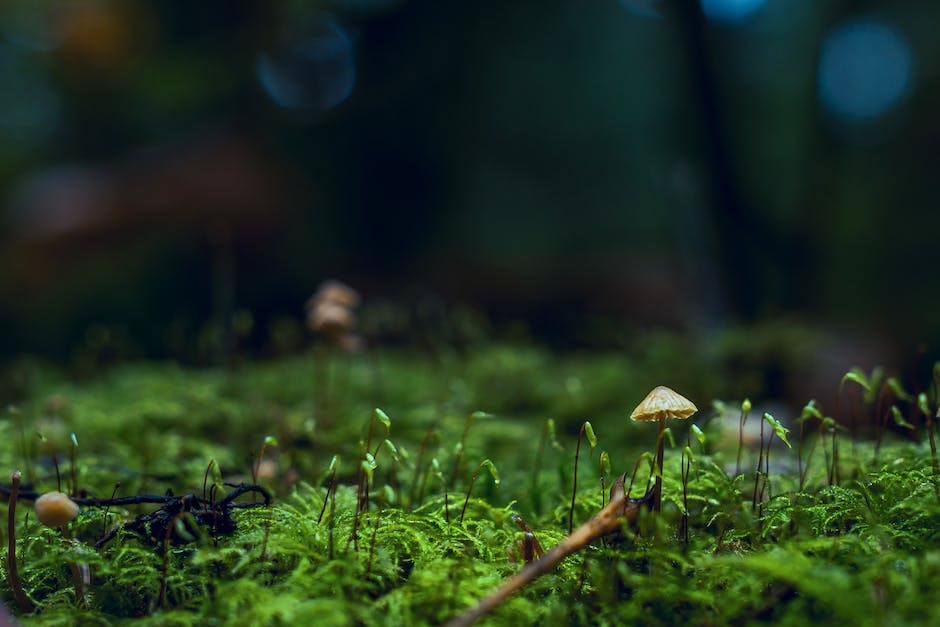
Identification and Characteristics of Common Mulch Fungi
Fungi: Biological Marvels Inhabiting Mulch
When discussing the fungal residents of mulch, several remarkable species tend to dominate the scenario owing to their distinct and intriguing attributes. It is through their arts of decomposition, immunisation, symbiosis, and nutrient recycling that these fungi shape the ecological dynamics of mulch, ultimately influencing the health and productivity of the whole ecosystem.
Artillery Fungus (Sphaerobolus stellatus) serves as one notable example. This peculiar fungus derives its intriguing name from its ability to forcefully eject black, gel-filled spore masses at considerable distances, allowing the spores to stick persistently to surrounding surfaces. This mechanism aids in its wide dispersal and also provides it with its “sticky” reputation among homeowners.
Likewise, Bird’s-nest Fungus (Cyathus stercoreus) presents a fascinating instance of functional structures called peridioles that resemble tiny bird’s nests filled with egg-like spore packets. Strategically, these are designed for raindrops to bounce into them, causing the spore packets to be hurled across considerable distances—another ingenious method of fungal spore dispersal.
Drawing attention towards fungi of clinical significance, Aspergillus sp. draws attention due to its high adaptability and propagation in a multitude of environmental niches, including nutrient-rich mulch environments. The ubiquitous presence of Aspergillus can lead to hypersensitivity reactions or respiratory infections in susceptible individuals, emphasizing the occasional health hazards associated with mulching activities.
Moving further down the ecological scale, we find Pilobolus sp., colloquially known as “hat-thrower fungus”, with its unique phototropic growth habit and an innovative mechanism of spore dispersal using water pressure. This mechanism enables it to launch its spores towards the light, optimizing their chances of colonising fresh organic matter.
At first glance, Slime molds (Myxomycetes) may appear more like vibrant amoebae than fungi but they are a group of fascinatingly unique organisms inhabiting the microbial world under the mulch. Contrasting from the conventional notion of fungi, these feed on bacteria, fungal spores, and microscopic particles through their plasmodium—a mobile, multinucleate, and gelatinous life stage.
In the category of pathogenic fungi, Armillaria species, or the “Honey Mushroom”, can be occasionally found thriving in mulch. The resilience of these fungi – which are destructive to many tree species – stems from their ability to persist in soil or woody material for many years, highlighting the darker implications of fungal colonisation in mulches.
Scarcer yet noteworthy, we also encounter “truffle-like” fungi such as Rhizopogon and Tuber species in certain types of mulch. These hypogeous fungi (growing beneath the ground), symbiotically align with the roots of their host trees and produce subterranean fruiting bodies containing spores, adding an underground dimension to the fungal symphony playing in the mulch.
Collectively, these fungal players represent the remarkable diversity of lifeforms inhabiting our average garden mulch. More than just a biological curiosity, they constitute an essential dynamic of the ecosystems fostering the richness, resilience, and even the beauty of our natural environment.
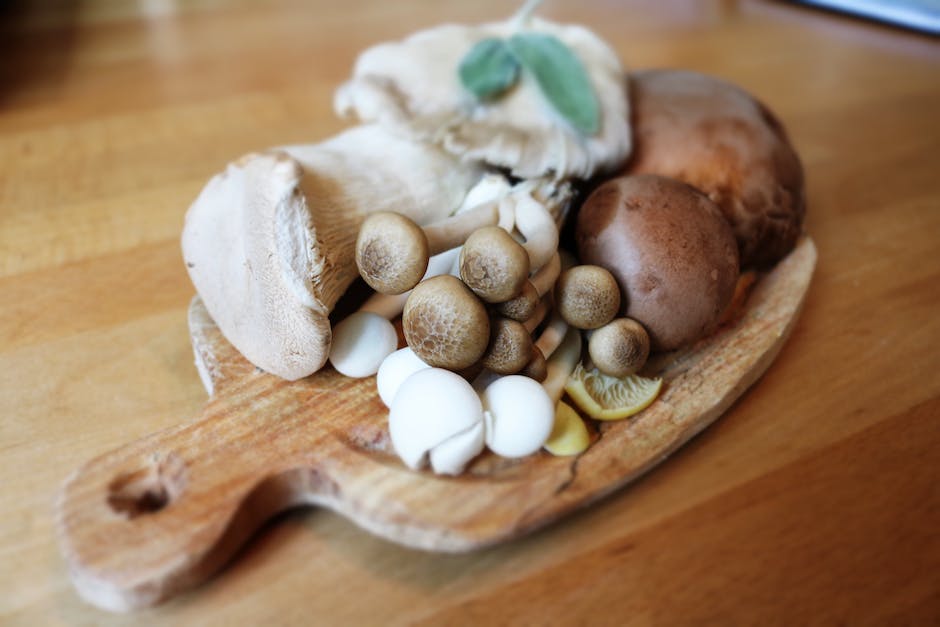
Impact of Mulch Fungi on Human Health and Environment
Despite the indispensable roles that fungi play in mulch environments, it is an unvarnished truth that certain species of fungi can potentially hold negative implications on human health and the environment. A prime example of this downside is the “Artillery Fungus” (Sphaerobolus stellatus), which exhibits an unconventional method of spore dispersal. These creatures notably eject their spores forcefully, hence the origin of “artillery” in their name.
This artillery fungus often colonizes on mulch and its spores stick persistently on a myriad of surfaces, from buildings to vehicles. As a result, they cause aesthetic damages thanks to the dark, hard-to-remove stains imparted by the adhesive nature of their spores, escalating maintenance costs.
Furthermore, other types of fungi display curious methods of spore dispersal that, albeit engaging the interest of scientific minds, may negatively pass impact. The Bird’s-nest Fungi (Nidulariaceae) have structures akin to “nests” containing small capsule-like “eggs“, scientifically known as peridioles. These structures, if ingested unintentionally by children or pets due to their resemblance to food, can pose significant health concerns.
Aspergillus species, undeniably, can’t be left unseen in this discussion. Implicit in a wide range of mulch, these microscopic fungi pose potential health hazards. Some species house mycotoxins, harmful compounds when inhaled in large amounts, can lead to respiratory diseases like aspergillosis, pulmonic aspergillomas and allergic bronchopulmonary aspergillosis.
Conversely, from an ecological perspective, Pilobolus species are notable for their innovative spore dispersal mechanism hinged on water pressure. Whereas, this fungus, a regular resident in mulch rich in horse feces, has little known direct impact on human health, it poses environmental concerns regarding the spread of parasite eggs.
Next in line are the slime molds – unlike true fungi, these are myxomycetes that display unique feeding habits by forming a plasmodium – a bright-colored, jelly-like substance that feeds on bacteria, fungi, and organic matter. Though not directly harmful, they conversely could be considered a nuisance when they infest turf-grass surfaces in lawn or golf courses.
Armillaria species, also known as “Honey Mushroom,” colonize tree species to potentially devastating extents. They can kill trees by girdling or root rot, causing substantial forestry loss. On the other hand, truffle-like fungi, including Rhizopogon and Tuber species aligning symbiotically with tree roots, exhibit a double-bladed sword characteristic. They both contribute to plant health and growth but, if unchecked, can lead to the proliferation of truffle pests.
In conclusion, recognizing the possible impacts of mulch fungi on human health and the environment reinforces the call for conscious mulch management strategies. This involves well-informed choices of mulch types and careful monitoring of mulch fungal communities. By channeling focus into how great and small, beneficial and harmful fungi orchestrate in our everyday lives, humans can foster harmonious coexistence with these ingenious lifeforms, embracing their role in the grand biodiversified symphony of life.
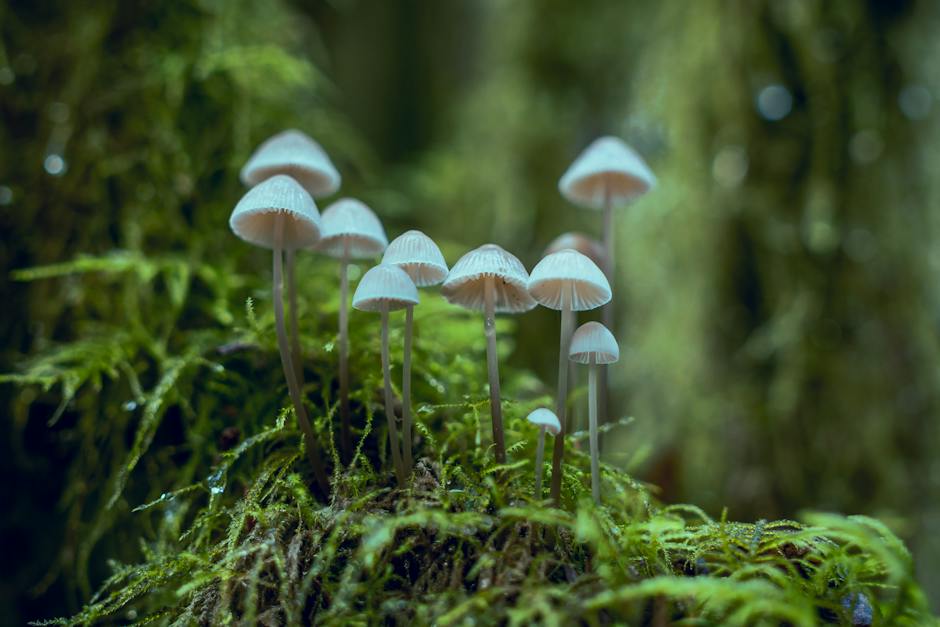
Controlling and Leveraging Mulch Fungi
Delving into the intriguing dynamics of mulch fungi and their influence on gardening and agriculture, it’s insightful to unravel both the manners of control and the possibilities of their beneficial utilization.
Research unveiled that management techniques can manipulate the prevalent fungal community’s composition. For instance, altering mulch depth or the frequency of water application may discourage the growth of certain fungi while promoting others. Composting methods, such as hot composting, can kill harmful fungal pathogens, while microbial inoculants can be added to mulch to introduce beneficial fungal species, such as Trichoderma spp. that contribute to disease suppression.
Beyond control, fungi can be harnessed for their benefits. The practice of vermiculture, where worms decompose organic material, can expedite the breakdown of mulch while eliminating potential harm from undesirable fungi. This provides fertile environment conducive for beneficial fungal growth. Hyper-parasite fungi, a unique group that parasitize other fungi (such as Trichoderma spp.), offer biological control mechanisms. They can competitively exclude pathogenic fungi, offering potentially safer, ecosystem-friendly alternatives to chemical fungicides.
Elucidating the realm of biocontrol, mycoviruses are deemed to be a particularly effective method for mitigating harmful fungi. These self-replicating viruses essentially “infect” fungi, potentially reducing their virulence or destroying harmful species. Structuring a biocontrol strategy based on this parasite-host relationship can help control specific problematic fungi in the mulch environment.
Extensive research has divulged the beneficial aspects of integrating fungi into biofertilizers. Certain fungi, such as the arbuscular mycorrhizal fungi, can aid in nutrient uptake, enhancing the nutrient value of mulch. These fungi act like an extended root system, reaching into soil horizons inaccessible to plant roots—this increases the plant’s nutrient absorption capabilities.
Studying the breakdown of cellulose, the principal component of plant cell walls and the most abundant organic compound on earth, draws attention to the potential of cellulose-degrading fungi. When these organisms are present in mulch, they speed up the decomposition of organic materials, hastening the nutrient recycling process and returning essential elements back to the soil.
Culminating on a high note, researchers have recently been exploring the potential of using fungi as part of a holistic pest management strategy. Some fungi, such as species belonging to the Metarhizium and Beauveria genera, exhibit insecticidal properties. These entomo-pathogenic fungi can help to control insect pests in the garden, a boon for both growers and farmers.
In essence, mulch fungi wield the power to either empower or inhibit health and growth. The tools for their management and the ways to their beneficial employment in gardening and agriculture are diverse, requiring conscientious attention and sustained research.
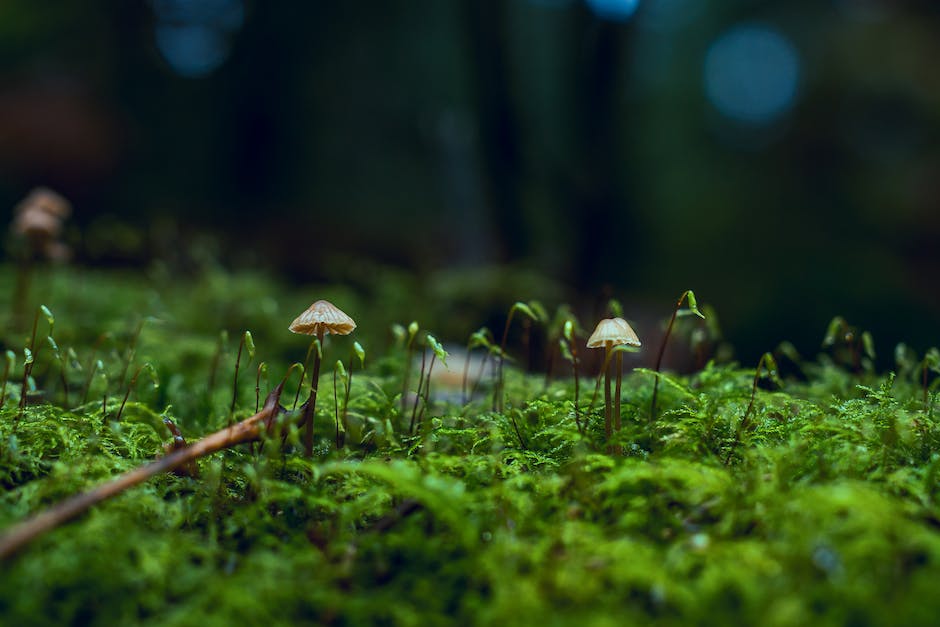
While it’s easy to view fungi as nuisances, understanding their pivotal role in the ecosystem offers a different perspective. They are fundamental characters in decomposition and nutrient recycling processes, contributing to healthier soil and greener gardens. Recognizing how to control and leverage these mulch fungi can turn a potential risk into a beneficial resource, particularly in applications such as organic farming, composting, and disease suppression. As we cultivate our gardens, let’s also cultivate our comprehension and appreciation for these essential organisms, realizing their contribution to a sustainable environment.



